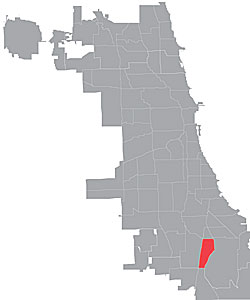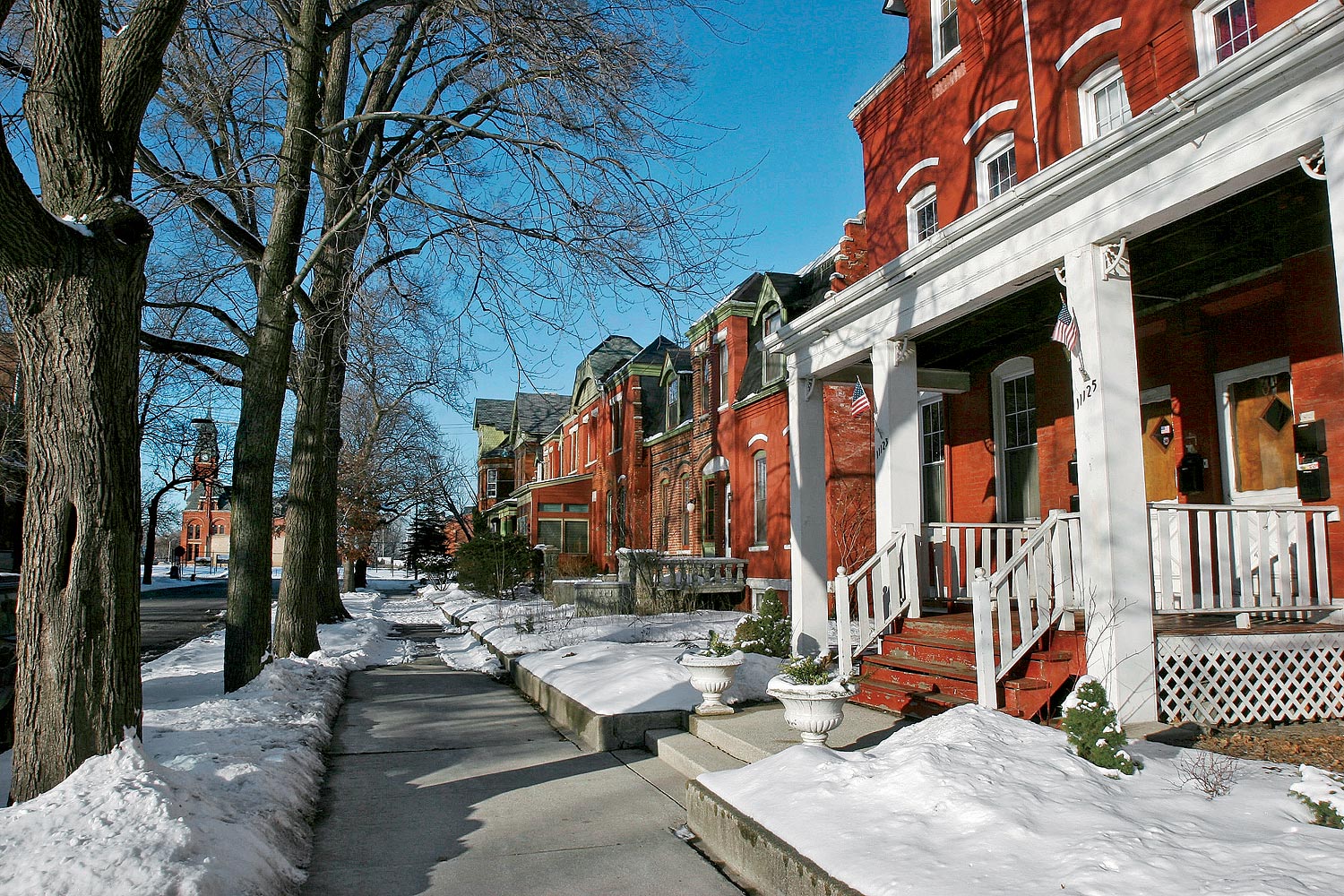A historic but overlooked neighborhood on the Far South Side, Pullman could finally be getting a shot in the arm. In November, Senator Dick Durbin promised to introduce legislation that would declare the 300-acre neighborhood a national historical park—Chicago’s first. (At presstime, the introduction was expected in early January.) The economic analysis firm Market & Feasibility Advisors estimates that within 10 years such status would create more than 350 jobs (75 of them in Pullman), paying $15 million in annual wages, and generate $40 million in “sustained economic output.”

First of all: Who knew that urban areas could be national historical parks? They can if their buildings are historically significant. Pullman delivers. Founded in the 1880s by the railcar manufacturing king George Pullman, it was the nation’s first company town. Architect Solon Spencer Beman designed flanks of brick houses on the town’s north side, grandly appointed with gables and mansard roofs, for the company’s executives.
Lower-level workers lived in smaller but still-charming row houses to the south. Major strikes and waning demand for fancy train cars sent the area into a tailspin. Today crumbling properties are interspersed with renovated ones. Rehabbed single-family houses sell for around $150,000; distressed ones for as little as $14,500.
While you get a lot for your money, living here isn’t always easy. Pullman has few stores, and one of its three public elementary schools, Schmid, tests far below Chicago Public Schools average. Crime is lower than in surrounding communities, but it is still a concern. From January 1 to December 7 of last year, Pullman’s violent crime rate was 10.4 per 1,000 people, 21 percent above the citywide average. The property crime rate was 43.3 per 1,000, 20 percent above average.
On the plus side, one of the city’s best public golf courses, Harborside International, lies just east of the neighborhood. And Walmart opened a superstore there in September, lured in part by a reported $11 million in tax increment financing. Designation as a national historical park would “build on a lot of the good stuff that has been happening in Pullman,” says Lynn McClure, Midwest regional director for the National Parks Conservation Association. “There has always been a feeling that Pullman has a lot of promise as a tourism [magnet].”
Unfortunately, a rise in visitors doesn’t always trickle down to the community. Consider Lowell, Massachusetts, a former textile hub that was named a national historical park in 1978, when tourism there was virtually nonexistent. An impressive 520,000 visitors came in 2011, spending $35 million, according to the National Park Service. But studies from nonpartisan think tank the Brookings Institution and Boston advocacy group Citizens’ Housing and Planning Association concluded that Lowell hasn’t still fared much better than its surrounding neighbors in decreasing poverty or increasing per capita income.
What’s needed for lasting improvement, experts say, are the tourist-town staples—souvenir shops, coffeehouses, antiques stores, hotels—that Pullman currently lacks. “You want those all to radiate out and give people more to do than look at the [architecture],” says architect Mike Shymanski, a 40-year resident of Pullman and an officer of the Historic Pullman Foundation.
Of course, there’s no guarantee Congress will pass Durbin’s bill (though Republican Mark Kirk and community leaders also support it). If it does pass, the plan is for the National Park Service to work with tourism-oriented businesses to make better use of Pullman’s vacant buildings.
Among them: the once-glamorous Hotel Florence. The State of Illinois bought it in 1991 and shuttered it in 2000, announcing plans to restore it. Pullman residents are still waiting.
Clarification: The real estate and crime datea listed is for the Pullman community area, not the Pullman neighborhood.



